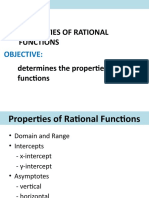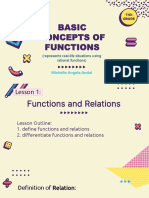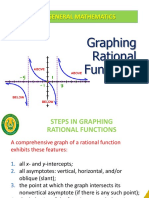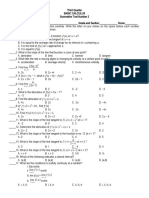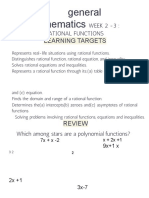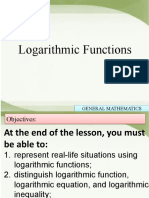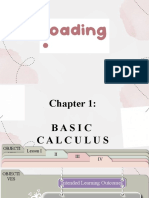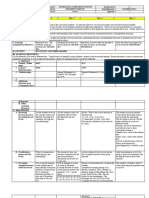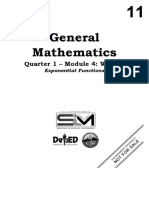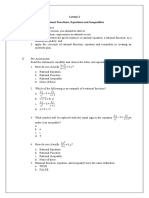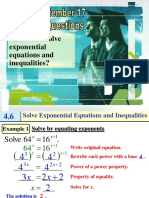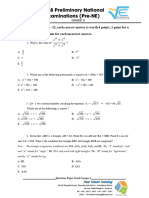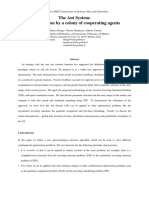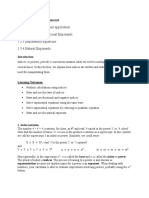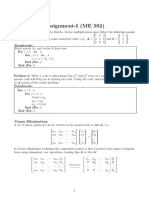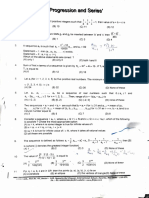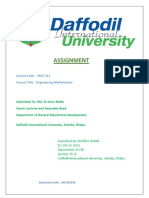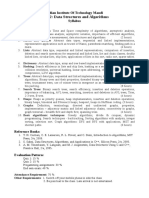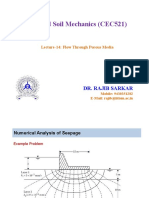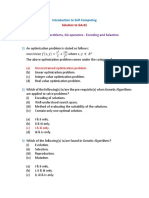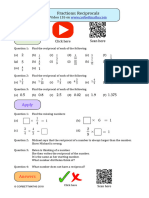0% found this document useful (0 votes)
589 views77 pagesR1 - Functions
The document discusses functions and relations. It provides examples of determining if a relation is a function, writing domains in set-builder and interval notation, representing word problems as functions, evaluating functions, and operations on functions. Examples include identifying functions from ordered pairs, tables of values, mapping diagrams, graphs, and equations. It also covers evaluating functions at given values, simplifying rational expressions, and performing operations like addition and multiplication on rational expressions.
Uploaded by
Adrian Perolino MonillaCopyright
© © All Rights Reserved
We take content rights seriously. If you suspect this is your content, claim it here.
Available Formats
Download as PDF, TXT or read online on Scribd
0% found this document useful (0 votes)
589 views77 pagesR1 - Functions
The document discusses functions and relations. It provides examples of determining if a relation is a function, writing domains in set-builder and interval notation, representing word problems as functions, evaluating functions, and operations on functions. Examples include identifying functions from ordered pairs, tables of values, mapping diagrams, graphs, and equations. It also covers evaluating functions at given values, simplifying rational expressions, and performing operations like addition and multiplication on rational expressions.
Uploaded by
Adrian Perolino MonillaCopyright
© © All Rights Reserved
We take content rights seriously. If you suspect this is your content, claim it here.
Available Formats
Download as PDF, TXT or read online on Scribd
/ 77



